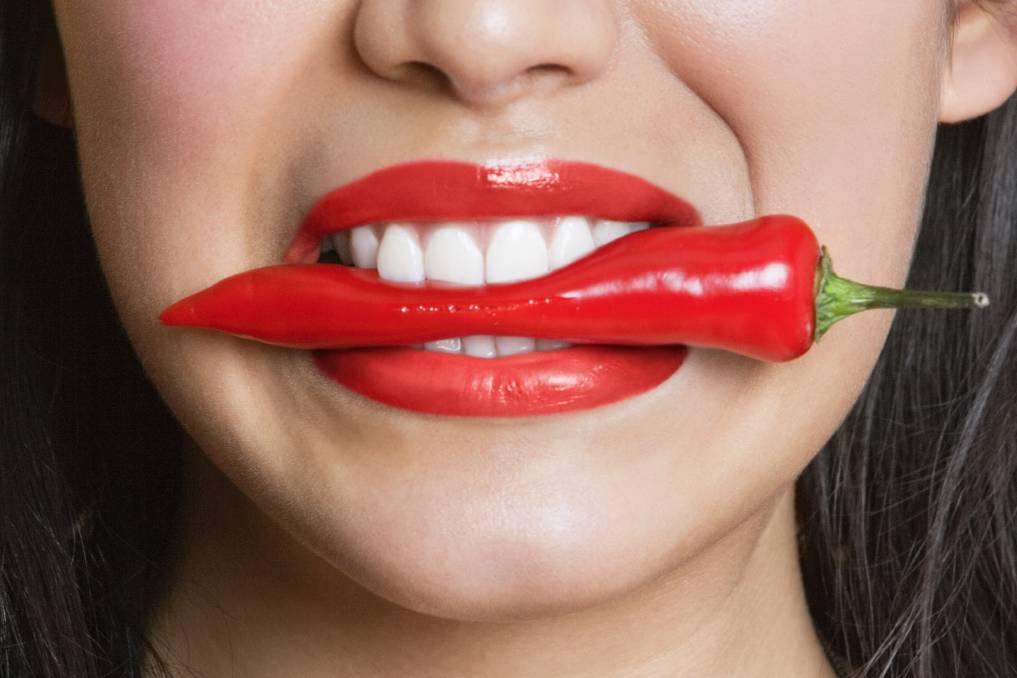Pick any label from a departmental store and you will read something written in bold ‘Gluten-free’, which makes you think what is it exactly. Before sharing the tips to a gluten-free diet, let us first understand what it is, how it affects our health and other details which are vital to understanding.
Gluten actually means glue in Latin, it is a protein that is mainly found in wheat, rye and barley and it is that sticky substance which gives shape to doughnuts or pizza. It is not recommended to people suffering from Celiac disease, as gluten causes the body to attack the small intestine, causing bloating of stomach, abdominal pain, chronic diarrhea and fatigue. For patients suffering from Celiac disease, a gluten-free diet is the way of life, it is not something that they abstain for some time and then again start consuming it.
If you eliminate gluten from your diet, there is not much which will change or alter, but you have to be cautious about what other substance you are replacing it with. Also, remember that a gluten-free diet is never a diet which is carb-free or grain-free.
Tips for a Gluten Free Diet:
Give up on bread and pasta: Bread and Pasta are generally made of white flour, which has gluten content in them, and might lead to stomach aches and other abnormalities. Once you cut down on bread and pasta, you will automatically reduce the consumption of gluten. However, a lot of gluten free options in bread and pasta are available in the market and you can choose one which suits your tastebuds too.
Read food labels before you buy: Do not just purchase packed foods! Make it a habit of reading the labels carefully, and if you find gluten content in the product you are buying, either avoid buying it or ask for a gluten-free replacement of the same product.
Choose foods which are naturally gluten-free: Fruits and vegetables are food items which are naturally gluten-free, so you don’t have to worry about their constituents and you can eat loads of them.
Enjoy cereals and grains: The gluten-free diet never means that you can’t eat those cereals or grains, Quinoa, teff, amaranth, polenta, buckwheat, corn, millet and tapioca are some naturally gluten-free grains which can be easily included in the diet. Keep a check on the labels and make sure you are using uncontaminated versions. If possible, try food swapping, like the traditional breadcrumbs for polenta crumbs and opt for gluten-free buckwheat or rice noodles.
Refrain from beer: Beer or similar products are generally made from barley or and are not distilled, so they do have gluten content. Gluten-free alcohol includes cider, wine, sherry, spirits, port and liqueurs. However, opting for Gluten-free beers is available in some supermarkets and restaurants.
Avoid cross contamination: There are chances that your kitchen platform or even the knife is contaminated with food items which contain gluten, this may lead to fatal consequences in patients suffering from celiac disease, so abstain from that and clean your kitchen platform well before you prepare any meal of the day.
Sauces are a big source: Sauces are not only full of artificial sweetener, flavors and salt, the also contain gluten, especially sauces like Pasta sauce, pizza toppings or mayonnaise. They contain wheat and hence are not gluten free. Avoid such sauces and dips and replace them with home-made sauces or other condiments.
You can still eat healthily: Never think that if you are eating something which is gluten-free that means you are compromising on taste and eating healthy. It is a small substance and is not as harmful or fatal as saturated fats and other life-threatening ingredients. You are not missing something that otherwise you shouldn’t when you eat a gluten-free food item.
Experiment in your kitchen: When you abstain from gluten free food items, you have to chop off food items like bread, pasta, wheat, rye etc, but you can always replace them with better, tasty and healthier option. Try and experiment in your kitchen, there are plenty gluten free recipes out there, like these gluten free brownies, and blend new food items together to make a rich and healthy substitute that does not contain gluten.
The key to living a healthy life is to strike a balance between healthier and not so healthy food options. Take your decisions wisely.
